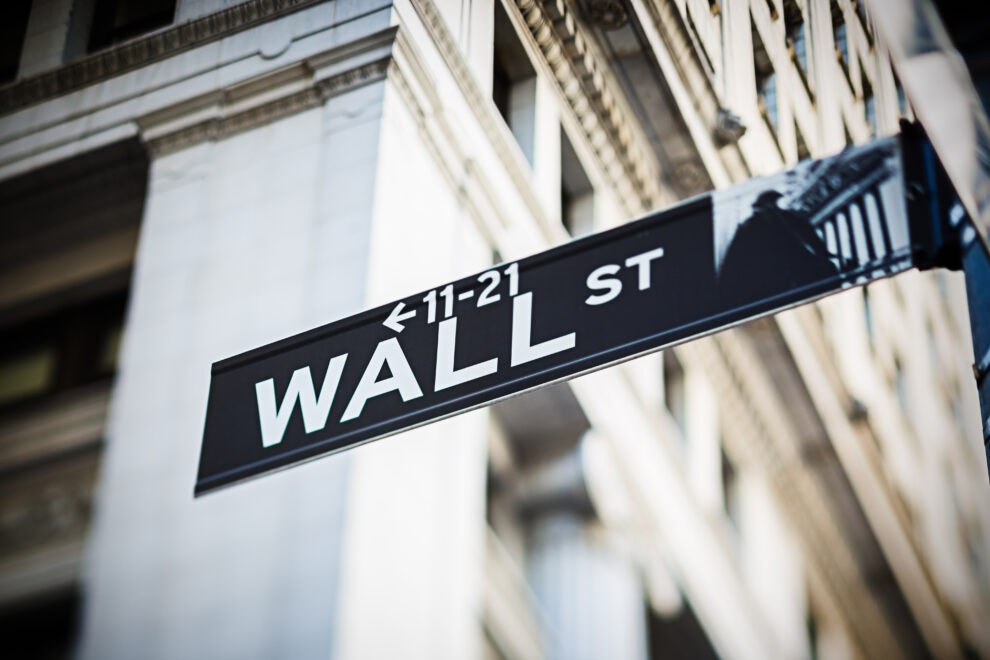Wall Street thought stocks were dead money this year. You know how that turned out.
2024 is on track to be one of the best years for the stock market in modern history.
Through Oct. 22, the S&P 500 (INDEX: ^SPX) the broad-market index is up 21.5%, and through the first nine months of the year, the index had its best performance since 1997, when investors were in the throes of the dot-com boom.
However, it wasn’t supposed to be this way. Coming into 2024, Wall Street was still largely forecasting a recession due to the inverted yield curve and hedging its risk for 2024.
There was also some skepticism about the Fed’s ability to pull off a soft landing. While market-watchers generally expected the Federal funds rate to come down, most seemed to think that interest rates would be cut to manage an economic downturn rather than because inflation had cooled substantially.
In fact, in late January, the average Wall Street forecast called for the S&P 500 to finish this year at just 4,861, which represented essentially flat growth in the index at the time, or just 2% for the year, below the S&P 500’s historical average of 7% annual gains, excluding dividends.
Among the more bearish forecasts at the time came from JPMorgan Chase, which had a price target of just 4,200. It argued that valuations were rich and it expected stocks to fall due to a challenging macro environment with lackluster growth.
Clearly, the market got that forecast dead wrong. In fact, every major research firm was well below where the S&P 500 is today at around 5,800. At the start of the year, Yardeni Research had a street-high target of 5,400.
Things could change in the last two months. The election results could rock markets. We’re heading into peak earnings season, and there’s a lot of geopolitical uncertainty in the world, but without a black swan event like the pandemic, a crash back below 5,000, where Wall Street expected us to be, is highly unlikely.
Let’s take a look at a few takeaways from Wall Street’s woeful 2024 forecast.

Image source: Getty Images.
Wall Street underestimated the power of AI
Nvidia (NVDA 0.80%) has been driving the stock market gains since the start of 2023, but Wall Street seemed to ignore that potential coming into 2024 as Nvidia’s performance had actually been rather moderate in the second half of 2023. However, the AI chip maker has continued to deliver smashing results this year, and the stock has nearly tripled, adding roughly $2 trillion in market value and accounting for a significant portion of the S&P 500’s gains.
Excitement around AI and growth in the sector has sent other stocks surging as well like Meta Platforms and Broadcom, which are both up more than 50% year-to-date, and it’s led investors to pile into a new sector, bidding utility stocks higher on bets of a demand surge due to the power needed to run AI data centers.
The utilities sector is the best-performing stock market sector this year with a 29% gain, and Vistra, a deregulated power company whose profits could spike in increased demand for electricity, is the top performer on the S&P 500, up 224%. Those gains have come largely from a change in future expectations rather than current profits, showing that the S&P 500’s performance is just as much about sentiment and future expectations as it is about underlying performance.
No one really knows anything
This might not surprise you, but this isn’t the first time that Wall Street’s beginning-of-the-year forecast has been absurdly inaccurate.
In fact, just last year, Wall Street missed the mark by a long shot. The experts called for the S&P 500 to gain just 6% in the aftermath of the 2022 bear market, but instead, the index jumped 24%.
The New York Times found that, at least since 2000, following Wall Street’s advice has been essentially as good as shooting darts at a dartboard. From 2000 to 2023, the median Wall Street forecast missed the end-of-the-year result by 13.8 percentage points annually, essentially making them worthless.
Today’s market seems especially difficult to predict because Wall Street hasn’t seen anything like it before. The economy is still normalizing from a once-a-century pandemic and overcoming the worst inflation in 40 years, which was caused by stimulus during the pandemic. Investors are also reacting to new AI technologies, which could be as revolutionary as the internet, or they could be a bust.
What investors should do — stick to the basics
No one, not even Warren Buffett, can predict what stocks will do in the short term, and Buffett has said that trying to time the market is a fool’s errand.
Instead, there are two better options for investing, and both have the Buffett stamp of approval.
First, investors can buy an index fund like one that tracks the S&P 500 and stick with it over the long term. The S&P 500 has historically returned an average of 9% with dividends reinvested.
The other winning approach is to find stocks with sustainable competitive advantages, like Nvidia, and hold them for the long term. This is a riskier strategy than buying an index fund, but it has much more upside potential.
However you choose to invest, you’re better off ignoring Wall Street forecasts and price targets, which change with the direction of the wind and are almost always just noise. Take Buffett’s advice and find stocks with wide moats, or just park your money long-term in an index fund.
JPMorgan Chase is an advertising partner of The Ascent, a Motley Fool company. Randi Zuckerberg, a former director of market development and spokeswoman for Facebook and sister to Meta Platforms CEO Mark Zuckerberg, is a member of The Motley Fool’s board of directors. Jeremy Bowman has positions in Broadcom and Meta Platforms. The Motley Fool has positions in and recommends JPMorgan Chase, Meta Platforms, and Nvidia. The Motley Fool recommends Broadcom. The Motley Fool has a disclosure policy.








